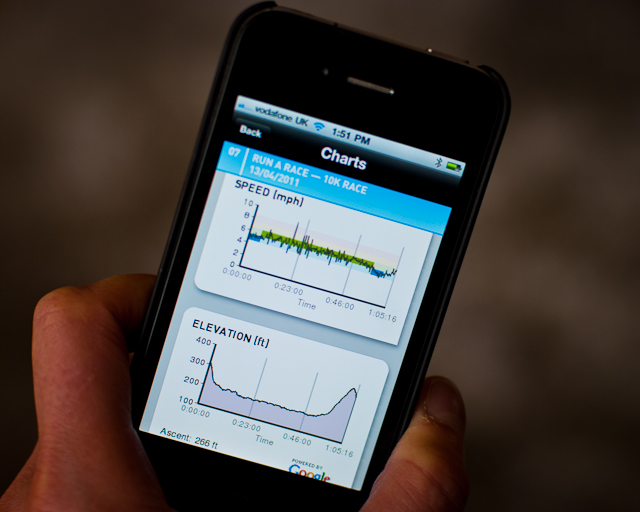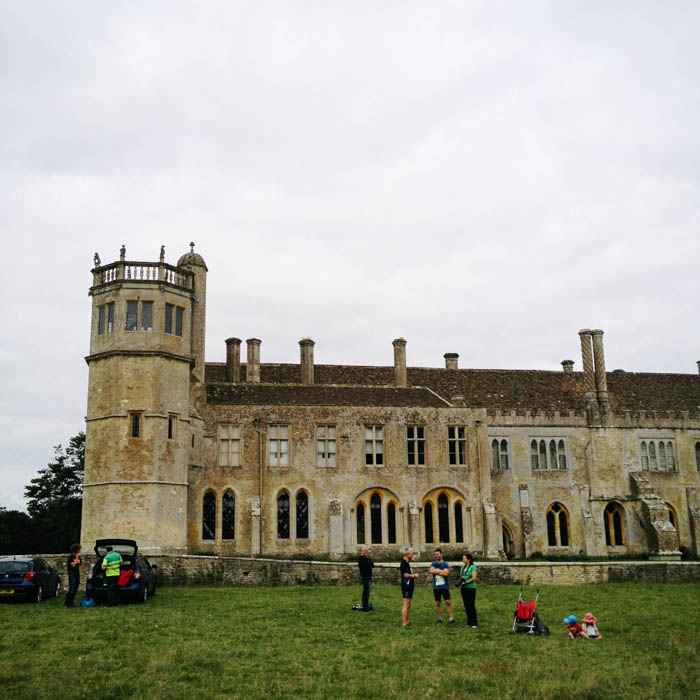I look back with irony at the fact that my first major in college was nutrition. It only took me two semesters to realize this wasn’t my calling and change my major. I’d been drawn in by the science of how we feed our bodies but the practicalities of putting healthy meals on the table were something I was, and still am, pretty shit at. It’s OK to eat cereal for dinner, right?
So whether I was training for a marathon or not, paying a bit more attention to what I ate wasn’t going to hurt. But I’ve tried, and failed, more times than I can count to plan creative meals on a daily basis. Having a small child in the house has only made this more complicated. So I’ve stopped trying. For everyday meals I now stick with simple, repeatable dishes instead of trying to dig through all my cookbooks (which largely collect dust.)
My marathon meal plan isn’t based on any super scientific method but rather some tips from Coach Julia along with an understanding of what I like, what’s easy for me to make, and what a five-year old might eat. I’m not counting calories but just trying to make sure I eat as healthy as I can most days and ensure that I get the right mix of proteins and carbs to fuel my running and recovery. The only thing I do tend to count is chemicals, reading ingredient lists and minimising the processed foods.
Why My Typical Meals Look Like
Breakfast
- Porridge with fruit and linseed
- Rice cakes with nut butter, bananas, and honey
- Plain greek yogurt with muesli, linseed, and fruit
Lunch
- Wholegrain carbs, mainly pastas
- Mixed salad with any assortment of veg
- The emphasis at lunch is on the carbs
Dinner
- Some variation of protein (fish, chicken, beef, eggs) + veg + carb
- As many vegetables as I want, typically steamed
- The emphasis at dinner is on the protein
Weaknesses
- Dessert / sweets
- Pizza
- Wine!
Workout and Race Day Nutrition
In addition to regular meals, I add energy gels for any longer runs, those typically over 1 hour 30 min. If you’re not familiar with energy gels, these are commonly used in endurance sports and provide a concentrated source of carbohydrate energy to quickly replenish depleted energy stores. I started using energy gels during half marathon training and have tried many brands and flavors. They vary in consistency from a sticky goo to a slimy liquid and can taste like a sickly sweet chemical cocktail. I have vetoed SIS, High5, Cliff, PowerBar, and Torq for one reason or the other. I’ve decided that Gu Energy Gels have the best combination of consistency, taste, and performance. Vanilla and Espresso Love get my top votes for flavor.
The other area where I supplement is post workout. It’s important to take in a balanced of mix of carbs and protein within the first 30 minutes after a workout to speed muscle recovery. My stomach doesn’t like loading up with food right after a workout so I stick to smoothies and shakes. A cyclist friend first introduced me to For Goodness Shakes and I’ve become a big fan, both vanilla and chocolate taste fab. And the single serving packets of the power are perfect for mixing with water post race.
As for smoothies, I tend to freestyle it and just dump bunch of ingredients into the blender. But my basic formula is:
- 240ml milk
- 120ml plain yogurt
- 1 tbsp flaxseed
- 100g frozen blueberries (or any other frozen fruit)
- 20g uncooked oats
- honey
Hydration
The last piece of my Circle of Running is staying hydrated. I’m pretty rubbish at remembering to drink water throughout the day. So I’ve started using my Jawbone and the Up app to remind me. I’ve programmed my Jawbone to buzz every hour not just to remind to take a walk and move around but also to drink some water. It’s also super easy in the Up app on my iPhone to track how much water I’ve had and keep me accountable.
Next week, it’s all about the running kit and gear.
+++++
SHANTARAM Countdown: 14 hours 1 minutes




